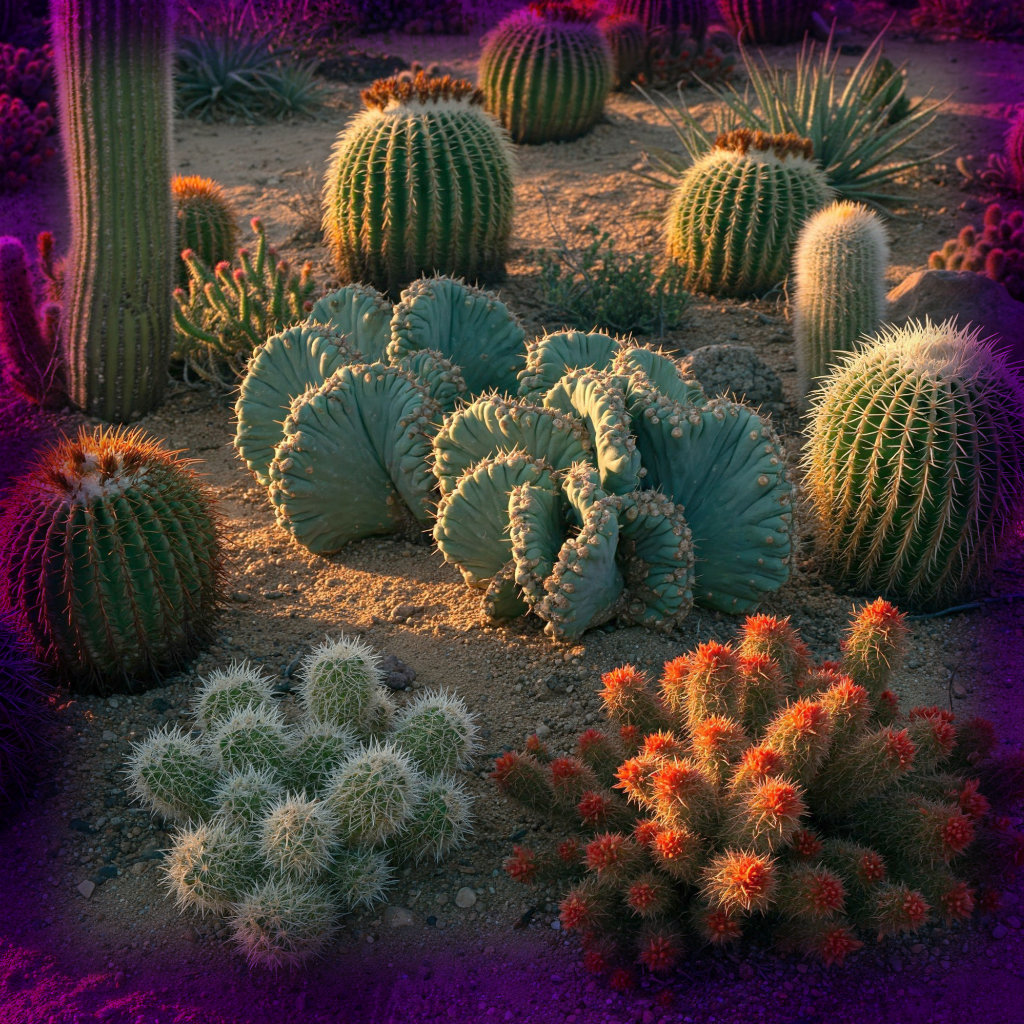Introduction
Beneath the harsh desert sun thrives a world of botanical wonders. These resilient plants have evolved extraordinary adaptations to survive where rainfall is scarce and temperatures extreme. Sourcing desert plants locally offers more than just landscaping solutions – it represents an opportunity to cultivate sustainable, climate-appropriate gardens while supporting regional ecosystems and economies.
The Ecological Importance of Desert Plants
Desert flora serve as the foundation of arid ecosystems. Their specialized adaptations – from water-storing stems to reflective leaf surfaces – allow them to flourish where other plants perish. These species play vital roles in:
- Preventing soil erosion with extensive root systems
- Providing food and shelter for native wildlife
- Maintaining delicate ecological balances
- Sequestering carbon in harsh environments
Benefits of Sourcing Desert Plants Locally
Local sourcing creates a virtuous cycle of environmental and economic benefits:
- Reduced environmental impact – Eliminates long-distance transportation emissions
- Enhanced survival rates – Plants are already adapted to local conditions
- Biodiversity preservation – Supports native genetic varieties
- Community support – Bolsters local nurseries and growers
- Water conservation – Naturally drought-resistant species reduce irrigation needs
Popular Desert Plants for Landscaping
Three categories dominate water-wise gardening:
Cacti: The Icons of Arid Landscapes
These architectural wonders offer striking forms and minimal care requirements. Popular varieties include:
- Barrel cactus (Ferocactus): Spherical shape with prominent ribs
- Prickly pear (Opuntia): Flat pads with colorful fruits
- Saguaro (Carnegiea gigantea): The classic desert sentinel
Succulents: Beauty in Water Storage
Beyond cacti, succulents provide diverse textures and colors:
- Agave: Rosette-forming with dramatic flower spikes
- Aloe: Medicinal properties with striking blooms
- Echeveria: Perfect for container gardens
Drought-Resistant Shrubs and Trees
These provide structure and year-round interest:
- Desert willow (Chilopsis linearis): Airy foliage with orchid-like flowers
- Creosote bush (Larrea tridentata): Fragrant leaves after rain
- Palo verde (Parkinsonia): Vibrant green bark and yellow flowers
Water-Wise Gardening with Desert Plants
Xeriscaping principles transform traditional landscaping:
- Zone plants by water needs
- Use mulch to retain moisture
- Incorporate hardscaping elements
- Group plants strategically
Efficient Irrigation Techniques
Modern systems maximize every drop:
- Drip irrigation targets roots directly
- Smart controllers adjust for weather
- Rainwater harvesting systems
- Deep but infrequent watering cycles
Soil Requirements for Desert Plants
The right soil makes all the difference:
- Fast-draining mixes prevent root rot
- Sandy compositions mimic natural habitats
- Mineral additives like pumice improve aeration
- pH balancing for optimal nutrient uptake
Climate Considerations
Understanding microclimates ensures success:
- South-facing areas need heat-tolerant species
- Wind-protected spots for delicate varieties
- Winter protection for cold-sensitive plants
- Thermal mass elements to moderate temperatures
Urban Applications
Desert plants thrive in city environments:
- Rooftop gardens with shallow-rooted species
- Vertical gardens using succulent walls
- Parking lot islands requiring minimal care
- Office atriums with dramatic specimens
Wildlife Benefits
Native plants support local ecosystems:
- Nectar sources for pollinators
- Shelter for birds and small mammals
- Host plants for specialized insects
- Seed sources for granivorous species
Ethical Considerations
Responsible sourcing matters:
- Verify nursery propagation methods
- Avoid wild-collected specimens
- Support conservation-focused growers
- Choose non-invasive species
Propagation Methods
Expand your collection sustainably:
- Seed germination after seasonal rains
- Stem cuttings for genetic clones
- Division of offset-producing species
- Grafting for difficult-to-root varieties
Pest Management
Organic solutions prevail:
- Beneficial insects for pest control
- Horticultural oils for scale insects
- Physical barriers for rodents
- Cultural practices to prevent issues
Conclusion
Embracing desert plants represents more than a landscaping choice – it’s a commitment to sustainable, regionally appropriate horticulture. By sourcing locally, gardeners can create stunning, water-efficient landscapes that celebrate the unique beauty of arid environments while supporting ecological balance. The desert’s botanical treasures offer solutions for our changing climate, proving that beauty thrives even in challenging conditions.

